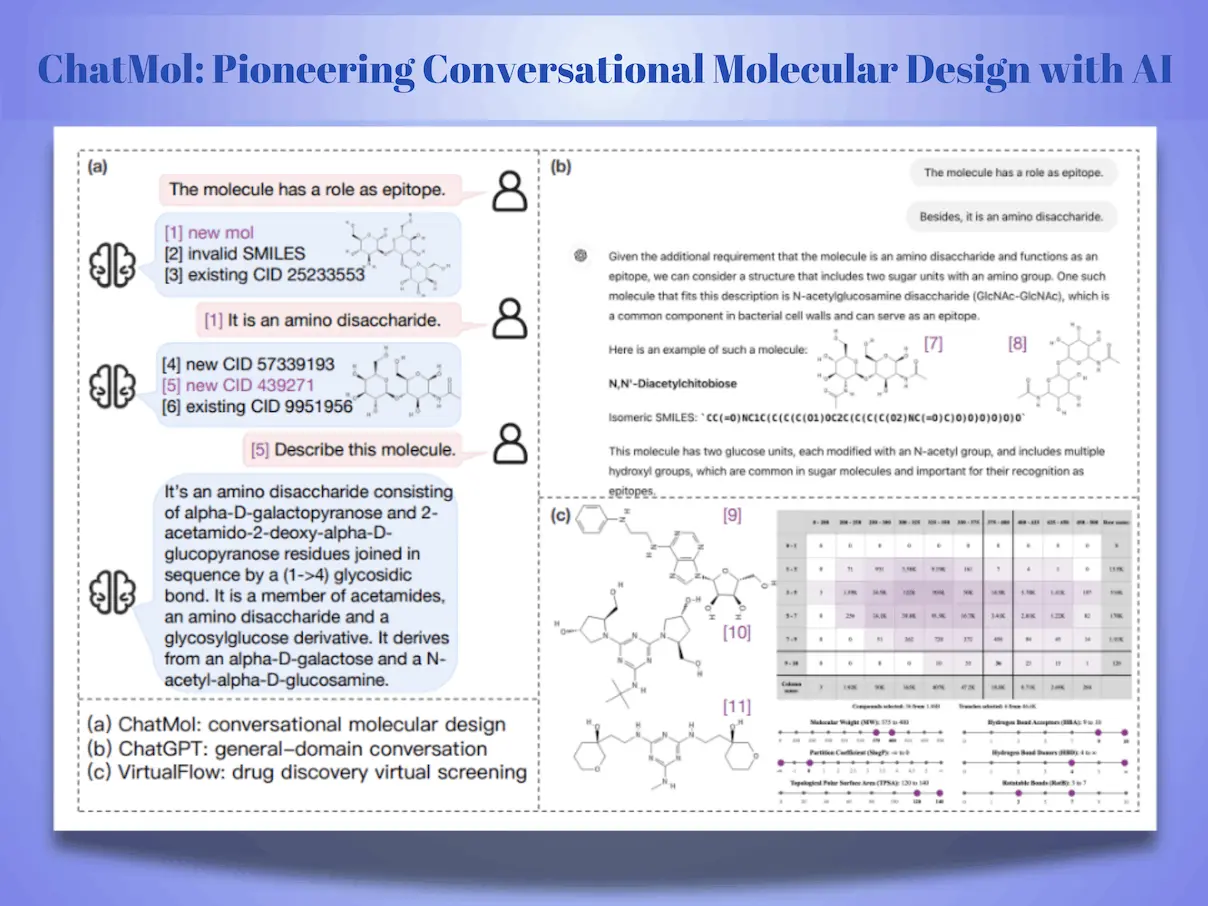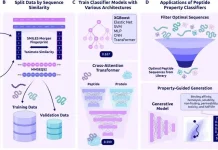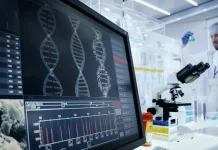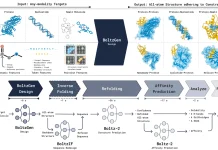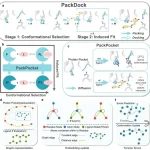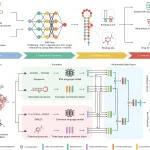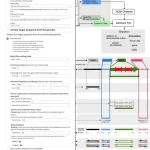ChatMol, an innovative AI model designed by Tsinghua University, PingAn Technology, and Beijing University of Posts and Telecommunications researchers, shapes the contours of the Molecular design revolution. The capacity of ChatMol allows researchers to talk (with) the molecules, thus making the molecular design less complicated and more user-friendly.
Molecular design is very important in disciplines such as biochemistry and materials science and has always been a difficult and specialized area of work. Many researchers have found themselves locked in a box because of the complex language of chemistry, often denoted in cryptic letters such as SMILES. This has hampered molecular discovery in terms of its reach and efficiency. Yet many aspects of recent developments in artificial intelligence, especially natural language processing (NLP), appear to offer a solution.
How Does ChatMol Work?
ChatMol is based on the generative, pre-trained model. In essence, it has fine-tuned due to vast amounts of textual corpus and has become proficient at comprehending and producing an articulated language. For a rough example, this is similar to a language model that has read a fair share of books, journal articles, and even newspapers. Such extensive training is what makes ChatMol well-versed in grammar, syntax, and semantics.
Specialized Chemical Knowledge
Even though the core presents universal language modeling, ChatMol is equally optimized to cater to the needs of molecular interactions. It has incorporated a more specialized chemical knowledge base. This includes:
- Experimental Properties: ChatMol knows several physical and chemical parameters associated with molecules, such as solubility, color, corrosiveness, and many others. This knowledge enhances its ability to produce appropriate and well-focused texts.
- Spatial Structures: ChatMol infers the spatial position of atoms in the three-dimensional space of a given molecule. This is important in inferring the properties and interactions of the molecule.
How Does ChatMol Connect the Dots?
It combines language comprehension with chemical expertise to enable it to execute its chores. For example, let us say you want to describe in text a molecule’s natural language description. In this case, ChatMol’s language provisions come into play. After that, it interprets that text using its chemical understanding and extracts appropriate molecular features. Once ChatMol comprehends the required molecule, it accordingly codes a SMILES string. SMILES is a simplified chemical notation that serves the very same purpose as a structural form in a much simpler form.
ChatMol bridges the gap from human language to molecular chemistry. It can comprehend the language and then convert it into a correct chemical structure and thus incorporate itself into the scientific community of researchers and scientists as an assisting tool.
Key Features of ChatMol
- NLU: With ChatMol, you can understand any molecules from their natural language descriptions. For example, you can describe a molecule in an everyday language, and ChatMol will get it.
- Chemical Language Generation: The model can also encode natural language descriptions into chemical representations such as SMILES. This means that in the future, a user won’t have to design a molecule comprising many atoms in detail.
- Knowledge Integration: The ChatMol has extensive knowledge and understanding of molecular properties and structures. Therefore, it can produce relevant results and accurate ones even with complicated requests.
- Interactive Dialogue: Ask and improve your queries in the ChatMol and get more versions every time. This makes the molecular design in a more time-efficient and effective way.
The Benefits of ChatMol
There are various advantages to the use of ChatMol as compared to conventional ways of computing designs of molecules.
- Inclusiveness: Because of the natural language usage, it can also be used by many researchers, such as those who are not very much used to molecular designing or don’t have a great chemistry background.
- Speed: After receiving your input, ChatMol will quickly execute the generation and modifications of the molecules to which the input relates, thus speeding the discovery process.
- Interpretability: The user is facilitated in understanding the results since augmented background knowledge regarding the molecules is also made available through natural language descriptions.
- Integration of Knowledge: Various molecular sources of knowledge are incorporated into ChatMol for more comprehensive and accurate results.
The Future of Molecular Design
ChatMol is the next step in the field of molecular design. With progress in technology, much more can be expected in terms of its applications and benefits. In particular, ChatMol will be able to unleash the potential of this domain by making molecular design straightforward, faster, and more profound. To sum up, ChatMol is a state-of-the-art AI whose use, rather than the principles of discovery, fills the gaps and elicits claims of constructive discontent. Especially the capability of this tool to reconcile the language of humans and compounds, which has made the reconstruction of languages more efficient and interpretable than ever. In the future, as ChatMol matures the scope of applicability will also expand and include a large number of researchers and scientists working in various fields.
FAQs
Yes, ChatMol can be applied to help in the discovery of new drugs through rapid molecular design and optimization.
Yes, ChatMol can be employed in efficient molecular investigations aimed at finding and designing new materials with predefined specifications.
Yes, ChatMol can facilitate the process of learning and teaching chemistry which is usually done using technology in a more advanced and entertaining way.
If you have any other questions, please feel free to leave a comment below!
Article Source: Reference Paper | Codes and data are available on GitHub
Follow Us!
Learn More:
Anchal is a consulting scientific writing intern at CBIRT with a passion for bioinformatics and its miracles. She is pursuing an MTech in Bioinformatics from Delhi Technological University, Delhi. Through engaging prose, she invites readers to explore the captivating world of bioinformatics, showcasing its groundbreaking contributions to understanding the mysteries of life. Besides science, she enjoys reading and painting.

